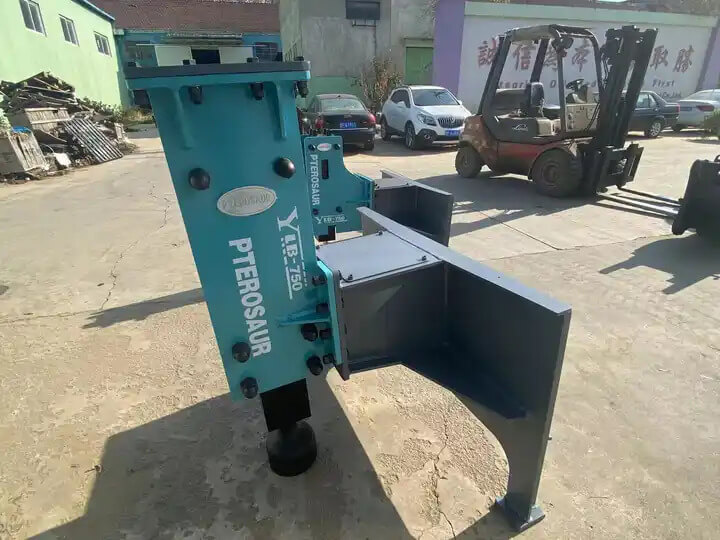Understanding Hydraulic Breakers: Operation and Maintenance
Hydraulic breakers are essential attachments for construction machinery, especially excavators, facilitating tasks in demolition, mining, and construction. As one of the oldest hydraulic attachments used in the industry, the first serial manufactured rock breaker, the Krupp HM 400, debuted in 1967. This article will explore the operation, maintenance, and optimal performance of hydraulic breakers, particularly focusing on oil temperature control, specifications, and best practices.
Operating Hydraulic Breakers
Hydraulic breakers operate by utilizing the hydraulic power generated from construction machinery. The primary components include the cylinder section, main valve section, chisel, impact ring, and piston. Proper setup is crucial; the breaker is installed similarly to a bucket, connecting to the machine’s hydraulic system through a breaker circuit.
Before engaging in operation, it is essential to warm up the base machine. The hydraulic oil must reach an optimal temperature, generally around 40°C, to ensure efficient performance. Operating with cold hydraulic oil can lead to damage, particularly to seals within the breaker mechanism. Therefore, it is advisable to warm the engine and move the boom to raise the oil temperature before commencing work.
Importance of Oil Temperature Control
Temperature control of hydraulic oil is vital for the effective operation of hydraulic breakers. Continuous use of the breaker often leads to a convergence of the oil temperature at a certain level, influenced by environmental conditions and the type of carrier. As the temperature stabilizes, it directly affects the viscosity of the hydraulic oil, which is crucial for the breaker’s performance.
If the temperature rises too high, it can degrade the oil and lead to inefficiencies or equipment failure. It is important to monitor oil temperature regularly, ensuring it remains within the recommended range for optimal performance and longevity of the hydraulic breaker.
Maintenance Considerations
Regular maintenance is essential to prolong the life of hydraulic breakers. Key aspects of maintenance include:
-
Inspection of Hydraulic Hoses and Connections: Ensure that all hoses are free from leaks and that connections are secure. Impurities, air, and water can degrade hydraulic oil, necessitating regular checks.
-
Oil Quality Checks: Hydraulic oil can age due to heat and contamination. Regularly testing oil viscosity and replacing it when necessary will help maintain system performance.
-
Component Checks: Regularly inspect the chisel, impact ring, and other components for wear and tear. These parts are crucial for the breaker’s effectiveness and should be replaced as needed.
-
Temperature Monitoring: Implement a system for monitoring hydraulic oil temperature during operation to prevent overheating and associated damage.
Conclusion
Hydraulic breakers are invaluable tools in the construction and demolition industry, offering efficiency and power. Understanding their operation, particularly the importance of hydraulic oil temperature control and maintenance practices, is vital for maximizing performance and reducing downtime. By adhering to best practices and regular inspections, users can ensure their hydraulic breakers operate effectively and last longer, ultimately contributing to successful project outcomes.




































